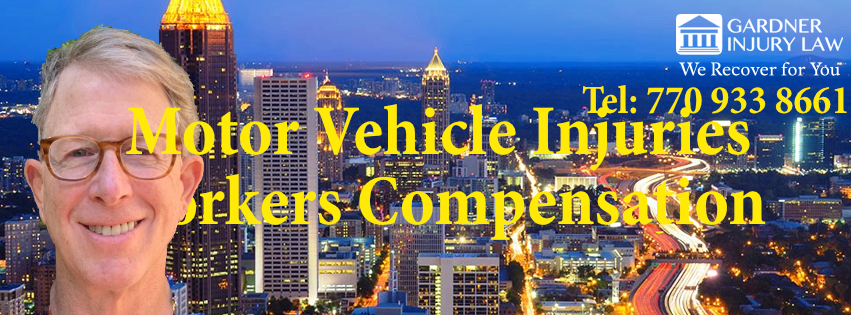Spine Injury
The attorneys at Steven W. Gardner & Associates work daily on spine injured clients. Please discuss your case and the recoveries we have had with many other spine injury cases. The results of a spine injury can be permanent and affect an individual’s daily activities, cause impairment to life activities and limit income permanently. We take the matters seriously for you. We engage a team of professionals to help assess your condition and decide how to best provide treatment and advocate for the full amount of financial recovery to account for your physical, financial and emotional loss. Mr. Gardner has recovered for spine cord injury victims resulting from car wrecks, workers compensation accident, slip and fall accidents, throughout the state of Georgia. Please call us for more information at telephone 770 933 8661 and check out further information below.
Ankle Injury
Traumatic or trauma ankle injuries occur frequently from impact in auto accidents, slip and fall accidents, and various accidents at work. Ankles consist of several bones, joints, ligaments, and tendons. The tibula and fibula meet at the talus to combine to form the ankle. These parts work in concert to make the ankle function in the way it was intended and allow it to withstand stresses of walking, running, and climbing. Each part of the ankle is designed to work in concert to provide stability and flexibility. With such a complicated structure and the fact that each part of the ankle plays a key role its function, there are many different ways to injure an ankle. Any ankle injury can affect your daily life and in many cases can lead to permanent impairment and disability. If you, or someone you know, have suffered an ankle injury due to the negligence of someone else, or a workplace accident, contact our ankle injury attorneys at Steven W. Gardner & Associates, P.C., telephone 770 933 8661, email: steven@stevenwgardner.com.
Hand Injury
Lacerations, Broken bones, phalanges injuries, nerve injuries, carpal tunnel, crush injuries. Causes: Automobile Wrecks, Truck Wrecks, Injury at Work, Sports Injuries, and various other activities.
Knee Injury
The knee joint, which connects the thigh bone (femur) to the shin bone (tibia), is the largest hinge joint in the body. A lining of articular cartilage covers the bones at the underside of the kneecap and the bones which contact the kneecap so that the joint glides smoothly, with out pain. Ligaments hold the joint in tact and provide stability. The four primary knee ligaments are the two outside the joint (medial and lateral collateral ligaments), and the two inside the joint (anterior and posterior cruciate ligaments). The meniscus functions to cushion the shock between the bones which occurs during movement, such as walking. The surrounding muscles of the knee give strength, and stabilization.
Shoulder Injury
Anatomy of the shoulder: The clavicle (collarbone), the scapula (shoulder blade), and the humerus (upper arm bone). The acromioclavicular (AC) joint is between the clavicle and the acromion. The glenohumeral joint, is a ball-and- socket type joint to permit range of motion. The capsule is a tissue which surrounds the glenohumeral joint. The labrum is cartilage which helps that assists to stabilize the shoulder. The rotator cuff, is a collection of muscles and tendons developed to strengthen and stabilize the ball and socket.
Whiplash
Sprains and strains of the neck due to car wrecks are frequently called whiplash. Many impacts, even low impact collision cause individuals to experience pain, stiffness, and weakness. These symptoms vary in degrees, and warrant immediate attention by a doctor. The symptoms may increase in severity, and may be indicators of more serious injury. Regardless of the level of severity it is wise to be checked by a medical professional if you are experiencing pain, stiffness, or weakness form a car wreck, and to contact a lawyer who can properly represent you against the insurance company for the at fault party, who has policies in place to minimize the value of the pain and interference with your life.
Wrist Injury
An injury to the wrist will affect the hand from moving as usual. The wrist anatomy: The ulna, radius, tendons, ligaments, muscles, and other small bones. Wrist injuries are frequent. Wrist injuries cause impairment. Wrist injuries can interfere with exercising, eating, writing, driving and operating machinery. Wrist injuries frequently result from trauma in auto wrecks, truck accidents, and work activity.
[pwebcontact id=2]

